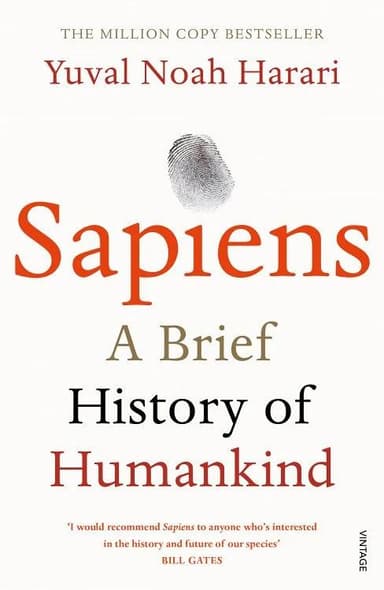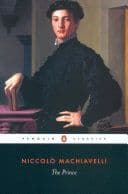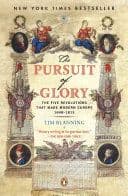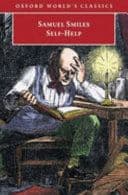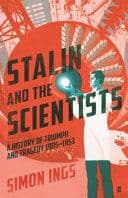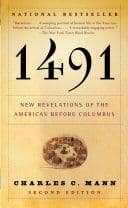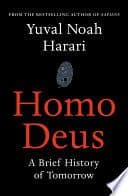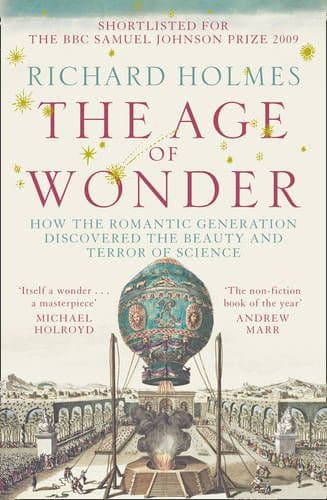
The Age of Wonder:
How the Romantic Generation Discovered the Beauty and Terror of Science
Shortlisted for the Samuel Johnson Prize and winner of the Royal Society Prize for Science Books
DIFFICULTY
intermediate
PAGES
380
READ TIME
≈ 320 mins
DIFFICULTY
intermediate
PAGES
380
READ TIME
≈ 320 mins
About The Age of Wonder
Science in the Romantic age wasn’t a cold counter to poetry; it was the era’s great adventure, charged with imagination and moral stakes.
Richard Holmes follows the people who made it thrilling: Joseph Banks professionalising curiosity after Pacific voyages; William and Caroline Herschel sweeping the night with giant handmade telescopes; Humphry Davy turning chemistry and nitrous oxide into sell-out theatre; balloonists sketching the Earth from the clouds.
He shows laboratories and field expeditions becoming national stages, and poets treating experiments as sources of metaphor and alarm. Holmes also keeps an unsparing eye on the era’s blind spots: class gatekeeping, imperial swagger, and the women whose work was sidelined even as it reshaped the sky.
This is the origin story of modern public science—its wonder, hype and ethics—and it illuminates the tensions we still live with.
What You'll Learn
- How Romantic-era curiosity reshaped science and society
- Key figures like Banks, the Herschels, and Davy
- How astronomy, chemistry, and ballooning captured the public imagination
- The role of wonder, risk, and patronage in discovery
- How poets and scientists influenced each other’s ideas and language
Key Takeaways
- Romanticism energized early modern science
- Poetry and science evolved together
- Public spectacle spurred research
- Women’s work was vital yet overlooked
- Birth of modern research culture
More in history


